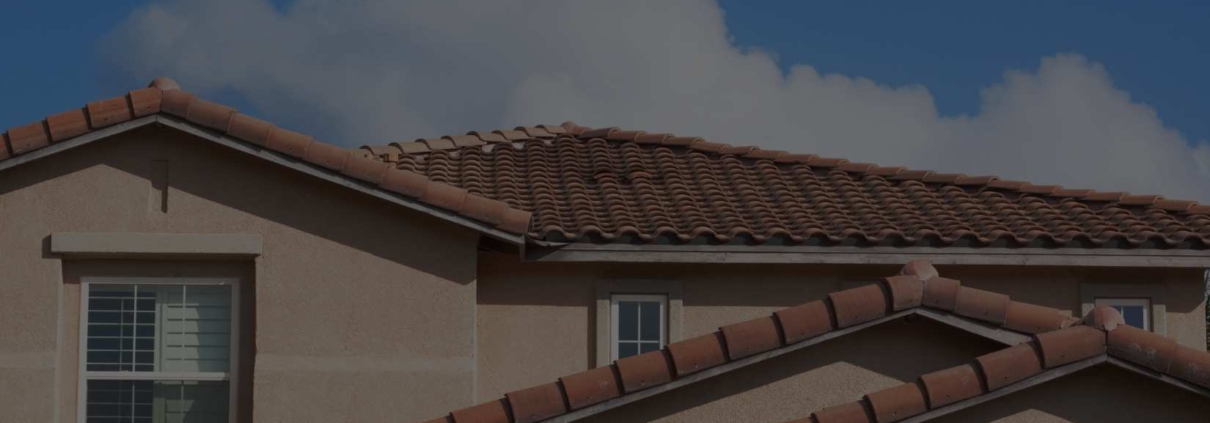Understanding the Art of Parging: Techniques, Benefits, and Maintenance
Parging is a versatile masonry technique that can enhance the appearance and functionality of a building’s foundations or exterior brickwork. It involves applying a thin layer of the cement-based mixture to the masonry surface, providing a smooth, aesthetically pleasing finish and offering additional protection against moisture, air infiltration, and extreme weather conditions. Parging is commonly used on both residential and commercial buildings, enhancing their visual appeal while also improving overall structural integrity and durability.
In this in-depth guide, we will explore the parging process, its numerous benefits, and essential maintenance tips, focusing on how expert masonry contractors like Red Robin Masonry can help you achieve a flawless and long-lasting result. We will delve into the various techniques, materials, and situations in which parging can be best employed, as well as common issues and repair methods to help you maintain and preserve your building’s foundation and walls.
As a trusted name in Toronto’s masonry industry, Red Robin Masonry is committed to providing top-quality services and results for every parging project. Our skilled craftsmen pay meticulous attention to detail, ensuring a seamless, polished appearance for your home or office building while also protecting it against the elements and potential damage. Read on to learn more about the essential aspects of parging and how our talented professionals can help you safeguard and beautify your property.
The Parging Process: Techniques, Tools, and Materials
The parging process involves several steps and essential techniques, ensuring a successful outcome and an impeccable finish for your building. Key components of the process include:
- Surface preparation: Properly preparing the masonry surface is crucial for achieving a strong bond between the parging material and the existing wall. This may involve cleaning and removing any existing loose material, dirt, or debris, as well as dampening the surface to help the parging mixture adhere better.
- Mixing the parging material: Parging typically employs a cement-based mixture, often containing sand, lime, and other additives to improve workability and durability. The mixture should have a consistent, spreadable consistency for optimal application and results.
- Application: Using a trowel, the parging mixture is applied to the prepared masonry surface, starting at the bottom and working upwards. The mixture should be spread evenly, at a consistent thickness, to achieve a smooth, uniform finish.
- Finishing and curing: Once the parging has been applied, finishing techniques such as trowelling, brushing, or texturing can be used to create the desired appearance. The parging must then be allowed to cure properly, keeping the surface moist and protecting it from extreme temperatures or direct sunlight during the curing process.
Benefits of Parging for Your Home or Commercial Building
Parging provides several advantages for both residential and commercial buildings, making it a valuable investment for property owners. Key benefits include:
- Enhanced structural integrity: Parging can help strengthen masonry surfaces and reduce the risk of water infiltration, freeze-thaw cycles, and other external factors leading to deterioration and damage.
- Improved aesthetics: A well-executed parging job can enhance the visual appeal of your building, creating a smooth, uniform finish on your foundation or exterior walls.
- Increased energy efficiency: By sealing gaps and cracks in your masonry, parging can improve your building’s insulation, reducing air infiltration and potentially lowering your energy costs.
- Protection from the elements: Parging helps protect your masonry surfaces from moisture, harsh weather conditions, and other environmental factors, prolonging the life and appearance of your building.
Common Parging Issues and Repair Methods
Over time, parging may be subject to issues such as cracking, crumbling, or detachment from the masonry surface. These issues may develop due to errors during the initial application, exposure to extreme weather conditions, or simply the natural aging process. Some common repair methods include:
- Crack repairs: Smaller cracks in parging can often be repaired using a parging mixture or compatible patching material. Larger cracks may require more thorough repairs, such as complete removal and replacement of the affected area.
- Delamination: Removing and replacing the affected section may be necessary if parging begins to detach from the masonry surface. Proper surface preparation and using the correct parging material are crucial in avoiding this issue.
- Crumbling or deterioration: If the parging is crumbling or deteriorating, removing the damaged sections and applying a new layer of parging material may be necessary. Before proceeding with repairs, address any underlying issues, such as water infiltration or structural damage.
Regular inspection and maintenance of your parging can help identify potential issues early, allowing for timely repairs and ensuring the continued protection and beauty of your building’s masonry surfaces.
Partner with Red Robin Masonry for Expert Parging Solutions
Parging is a versatile and effective solution for property owners seeking to enhance and protect their home or commercial building’s foundations and exterior walls. By partnering with a skilled masonry contractor like Red Robin Masonry, you can ensure a seamless, professional outcome for your parging project, safeguarding your property against potential damage and preserving its appearance for years to come.
Our dedicated team is committed to providing exceptional service and craftsmanship, and our expertise in parging techniques, tools, and materials is second to none. Contact us today to discuss your Toronto parging needs and learn how our trusted professionals can help you maintain and enhance the structural integrity, beauty, and durability of your building.




Leave a Reply
Want to join the discussion?Feel free to contribute!